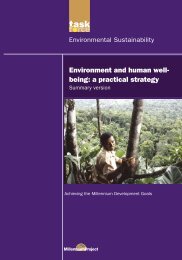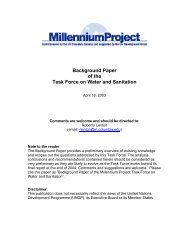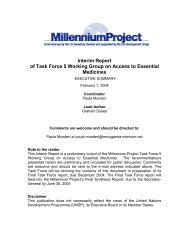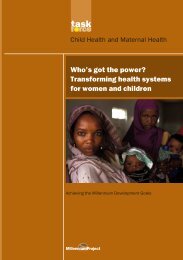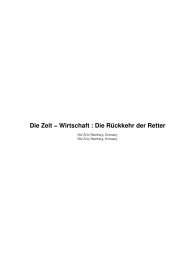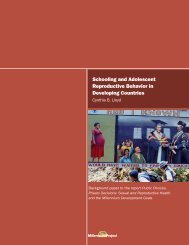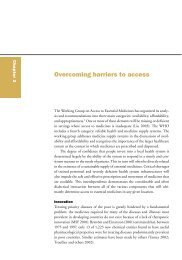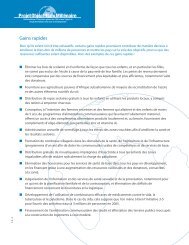the challenges facing landlocked developing countries: a case study ...
the challenges facing landlocked developing countries: a case study ...
the challenges facing landlocked developing countries: a case study ...
You also want an ePaper? Increase the reach of your titles
YUMPU automatically turns print PDFs into web optimized ePapers that Google loves.
have taken place amongst <strong>the</strong> post Soviet Republics. It also resulted in <strong>the</strong> closure of some of<br />
Tajikistan’s borders as neighboring <strong>countries</strong> attempted to prevent <strong>the</strong> spread of war and<br />
inflow of refugees. While a peace agreement was signed in 1997, sporadic violence persists.<br />
In addition to such ethnic tensions, Tajikistan has been adversely affected by <strong>the</strong> weak<br />
delineation of borders in Soviet times. These have led to a high degree of tension with<br />
Uzbekistan and Kyrgyzstan. Much of this tension has centred on <strong>the</strong> Ferghana Valley, where<br />
all three <strong>countries</strong> dispute state boundaries (IRIN 2002, UNFVDP 2002). There have been a<br />
number of riots in <strong>the</strong> area, largely on <strong>the</strong> Kyrgyz-Tajik border (EurasiaNet 2003). While<br />
Uzbekistan and Tajikistan have reached agreement on 86% of <strong>the</strong>ir common boundary,<br />
fur<strong>the</strong>r demarcation has been highly problematic (ICG 2002).<br />
Such heightened tension with Uzbekistan has been of particular concern for Tajikistan, which<br />
depends heavily on Uzbekistan for transport. Moreover, concerns of Islamic guerilla groups<br />
operating from Tajikistan into Uzbekistan has led <strong>the</strong> Uzbek government to place landmines<br />
on <strong>the</strong> border (Turaev 2002). In fact, <strong>the</strong> border between <strong>the</strong> two <strong>countries</strong> is regularly closed<br />
by <strong>the</strong> Uzbek government (Travel Tajikistan 2002).<br />
Relations with Russia, a vital trading partner, have generally been close but have become<br />
more complicated due to Tajikistan’s allowance of overfly rights for US aircraft involved in<br />
Afghanistan and <strong>the</strong> large number of illegal Tajik migrants in Russia. The latter have led to a<br />
large number of Tajik citizens being deported from Russia (EurasiaNet 2003).<br />
Tajikistan’s relations with its o<strong>the</strong>r neighbors have been fair and improving. Since 1992,<br />
Tajikistan has maintained friendly and streng<strong>the</strong>ning relations with Iran, one of <strong>the</strong> first<br />
<strong>countries</strong> to open diplomatic relations with Tajikistan and helped mediate <strong>the</strong> 1997 domestic<br />
peace agreement. Sino-Tajik relations have also witnessed recent improvements with <strong>the</strong><br />
2002 settlement of a border dispute. The Chinese corridor could potentially become<br />
Tajikistan’s most important transit trade route (Najibullah 1997). Finally, <strong>the</strong> stability of<br />
Afghanistan will likely lead to stronger bilateral relations and a more reliable transit corridor.<br />
Despite <strong>the</strong>se bilateral successes, regional security and trade agreements have had little<br />
success in fostering <strong>the</strong> promotion of intra-regional cooperation and remain largely<br />
ineffective.<br />
- 83 -






